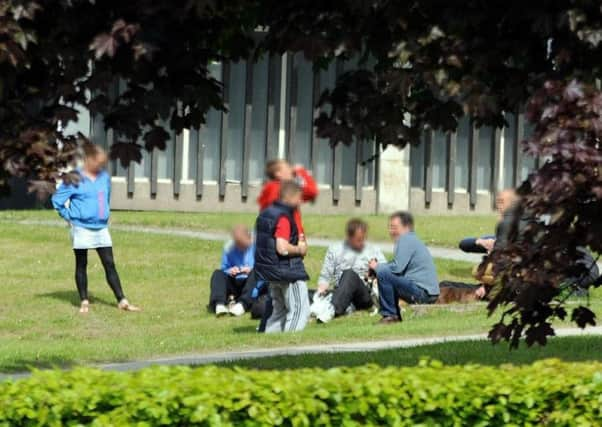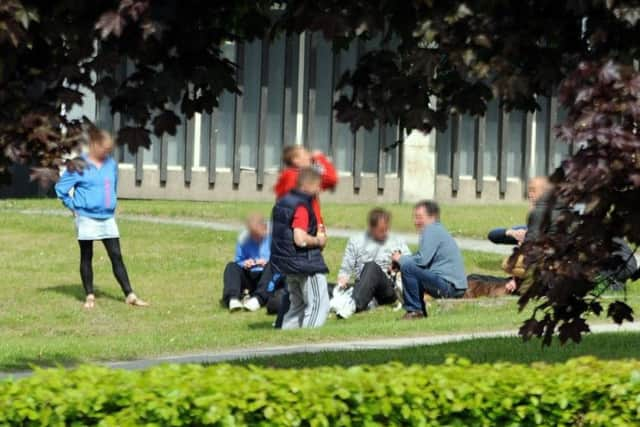IN PICTURES: Revealed - Northern Ireland's anti-social behaviour hotspots


It’s impact is very real and can heighten the fear of crime. It can also spark concern for public safety, public disorder or public nuisance.
Figures from Police UK detail anti-social behaviour crimes reported across NI in February 2018 - the most recent period for which data is available.
Advertisement
Hide AdAdvertisement
Hide AdThey show there were 3,942 reports of anti-social behaviour.


Click on the link or image above to launch our gallery to see how your area rated on levels of anti-social behaviour.
Examples of anti-social behaviour include:
Nuisance, rowdy or inconsiderate neighbours
Vandalism, graffiti and fly-posting


Street drinking
Environmental damage including littering, dumping of rubbish and abandonment of vehicles
Fireworks misuse
Superintendent Robert Murdie, from the Police Service of Northern Ireland (PSNI) said: “We recognise that anti-social behaviour can have a wide-ranging impact depending on the person, the neighbourhood, or community.
Advertisement
Hide AdAdvertisement
Hide Ad“It is generally recognised as actions that cause or are likely to cause harassment, alarm or distress to an individual or group of people not of the same household. Issues that are of concern in one town may not apply to somewhere ten miles down the road.
“What matters is that the public have confidence to report their concerns to us and that we respond appropriately. We are committed to ensuring that anyone who comes into contact with police receives the necessary and appropriate level of service and support.
“It is also important to recognise that not all issues that are perceived as anti-social behaviour sit within the policing remit. We work closely with colleagues in councils, the Housing Executive, various housing associations and other support services to ensure that calls are directed to the right agency. The nature of the call and the vulnerability of the victim will help us determine the most appropriate response.
“Just recently, the Department of Justice launched a public consultation inviting opinion on a number of proposals aimed at addressing anti-social behaviour. We are involved in the process and reforms under consideration include; measures to address persistent offending; a facility to place restriction on public places; powers to provide police or local council to close premises that have been a source of public disorder; and noise nuisance powers to allow the seizure of items linked to annoyance.
Advertisement
Hide AdAdvertisement
Hide Ad“We have found that anti-social behaviour features highly on the priority list when we speak to local communities therefore I would strongly encourage the public to engage with the process and share their views. From a policing perspective we welcome the consultation and would be supportive of any legislation that increases our capability to deal with anti-social behaviour.”
Anti-social behaviour covers a wide range of unacceptable activity that causes harm to an individual, to their community or to their environment. This could be an action by someone else that leaves you feeling alarmed, harassed or distressed. It also includes fear of crime or concern for public safety, public disorder or public nuisance.
According to the latest PSNI statistical report, while there has been a general downwards trend in the number of anti-social behaviour incidents recorded since the data series began in 2006/07, the figure for the latest 12 months to February 2018 is “continuing the increase in the level of anti-social behaviour incidents that was seen during 2016/17.”
While the number of anti-social behaviour incidents has generally fallen year on year since 2006/07, the level recorded during the latest 12 months to February 2018 (61,547) is 1,844 incidents higher than the 2016/17 level of 59,703.